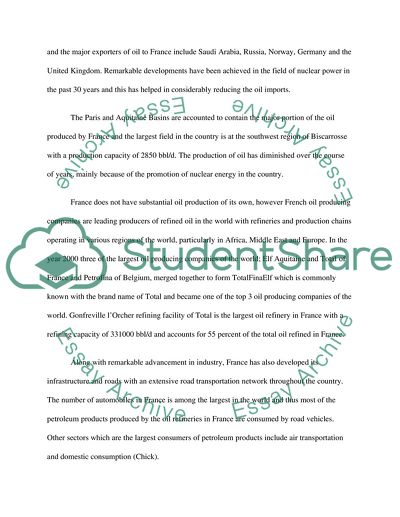Cite this document
(The Energy Outlook Report of France Coursework Example | Topics and Well Written Essays - 3500 words, n.d.)
The Energy Outlook Report of France Coursework Example | Topics and Well Written Essays - 3500 words. Retrieved from https://studentshare.org/technology/1765236-the-energy-outlook
The Energy Outlook Report of France Coursework Example | Topics and Well Written Essays - 3500 words. Retrieved from https://studentshare.org/technology/1765236-the-energy-outlook
(The Energy Outlook Report of France Coursework Example | Topics and Well Written Essays - 3500 Words)
The Energy Outlook Report of France Coursework Example | Topics and Well Written Essays - 3500 Words. https://studentshare.org/technology/1765236-the-energy-outlook.
The Energy Outlook Report of France Coursework Example | Topics and Well Written Essays - 3500 Words. https://studentshare.org/technology/1765236-the-energy-outlook.
“The Energy Outlook Report of France Coursework Example | Topics and Well Written Essays - 3500 Words”, n.d. https://studentshare.org/technology/1765236-the-energy-outlook.


